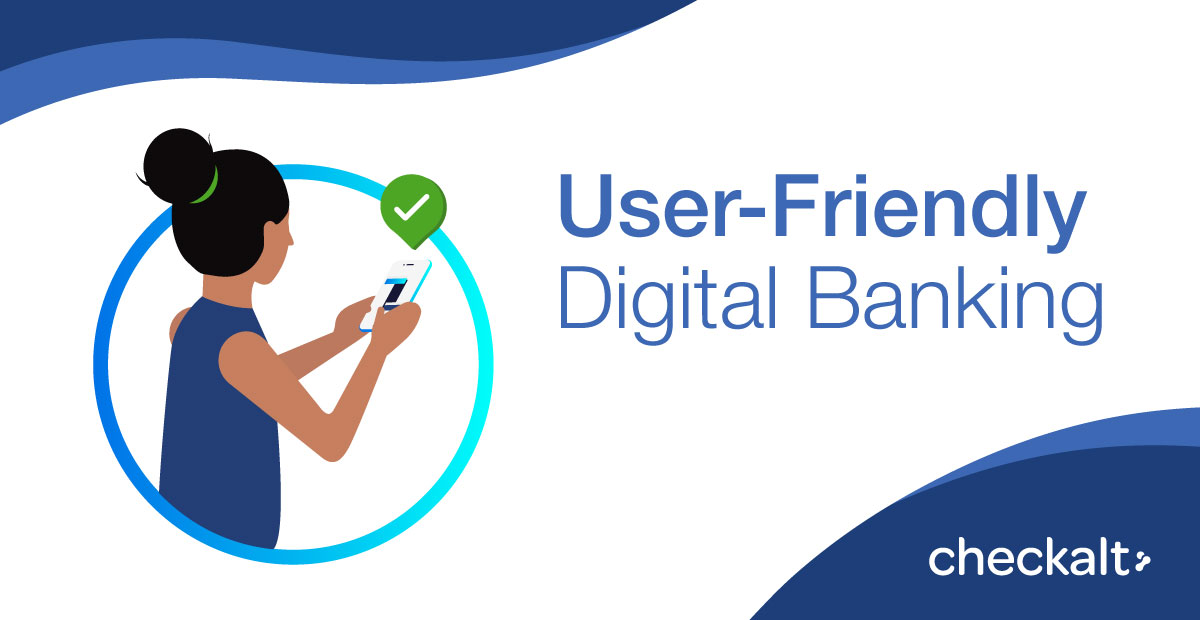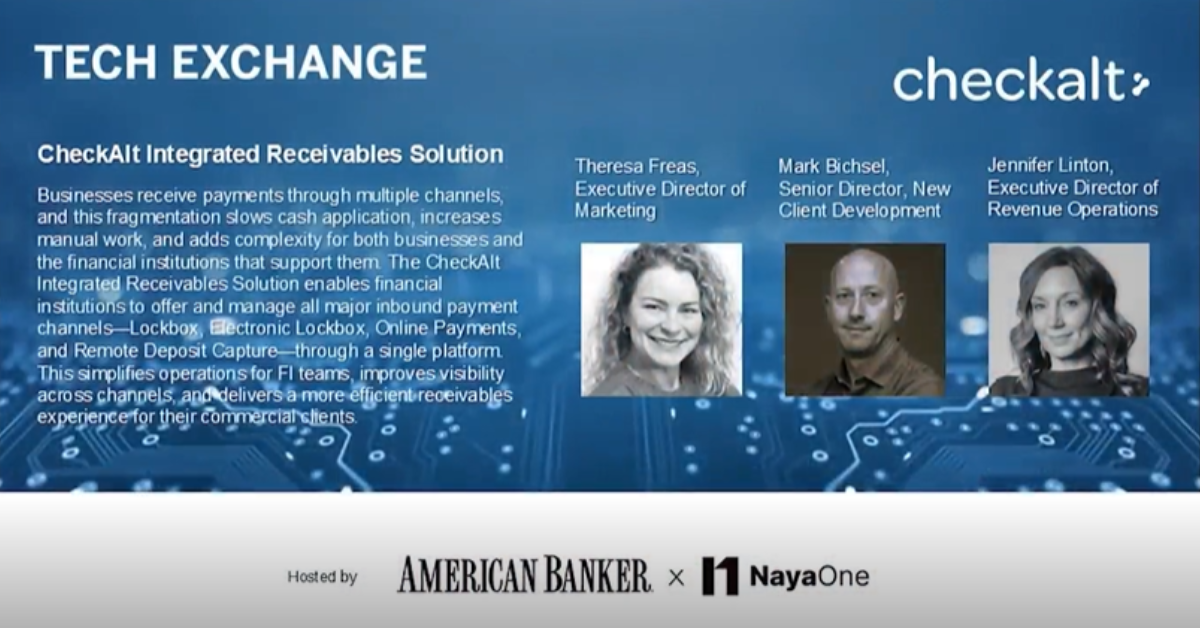The New USPS Postmark Rule: What It Means for Time-Sensitive Mailings
In today's fast-paced environment, organizations and individuals alike still rely on the U.S. Postal Service (USPS) to send and receive important...
2 min read

Let’s admit that we all just went through an incredibly challenging year. In discussing mental health issues recently with a good friend who I met when we both worked at a top 10 bank, he made the point that people are rethinking large swaths of their lives. They are rethinking where they live, their relationships, career paths, and what is important to them in general.
These are not little questions. It is akin to not just contemplating your place of employment, but if you want to stay in your chosen career at all. Likewise, many financial institutions have had to rethink their strategies, product mixes, remote versus on site, office space, branches, investment into digital processes, and even what kind of currency people will use in the future. These are large questions and as such they will be providing large opportunities to those who handle them correctly.
One thing that most agree on is the fact that banking is moving toward mobile and digital. That’s not to say that branch experiences for certain people and certain transactions are not still important. In Connecting In-Person and Digital Experiences at the Branch, I point out that certain transactions will continue to occur at branches such as accepting large deposits, taking out a loan/mortgage, setting up a retirement plan, and resolving a significant dispute. But more and more processes will now occur online.
The pandemic has accelerated customer use of digital banking and that doesn’t look to be slowing down. Therefore, banks and credit unions must focus their attention and resources toward a functional, seamless, and safe digital experience. Here are four ways to eliminate digital friction as financial institutions move toward remote banking.
1. UX Design. If I could emphasize the most important aspect of this movement it would be user experience (UX) design. There is the recent story involving Revlon and Citibank where the bank’s own employees couldn’t figure out how to correctly make a payment for their customer, Revlon, on a syndicated term loan. As a result, instead of paying $8 million on their loan, they ended up paying $892 million. Effective UX design should not involve workarounds and antiquated programming. Whether you’re using third-party platforms or plugging APIs into your own front-end, UX is critical to an efficient, pleasant, and seamless customer experience.
2. Data Analysis. Identify customer-facing processes that cause the most friction. As an example, at what point to the majority of customers abandon the online loan application process? After gathering your data points, enhance and improve the processes through customer communication and feedback.
3. Testing. Address compliance risks associated with moving from in-person to digital services and test to ensure the new journey meets requirements. Fraud is on the rise, and digital services with duplicate detection to help mitigate fraud are essential. Test every aspect of your digital experience.
4. Company Buy-in. Overcoming resistance from executives, front-line employees, and security/compliance teams through communication and management. Training is an important component of overcoming resistance. A good digital experience should make everyone’s job easier.
As banks and credit unions move forward in the remote banking era, remember that consumers still want more. If your online banking is difficult to use, people won’t use it. According to American Banker, a choppy digital experience during the account opening and onboarding process can lead to over 50% abandonment. No one benefits from that.
RECENT ARTICLES:
• Activating Data with Analytics, Artificial Intelligence to Improve the Banking Experience
• Under the Hood: CheckAlt’s ATM Deposit Automation and Reconciliation
• Ensure End-to-End Security and Mitigate Risk Across the New Customer Journey

In today's fast-paced environment, organizations and individuals alike still rely on the U.S. Postal Service (USPS) to send and receive important...

Receivables are becoming harder to manage across separate systems. See how an integrated approach brings those channels together for a modern...

The Top 5 Most-Read Articles of the Year 2025 offered clear insight into what our audiences valued most: practical AI adoption, stronger fraud...